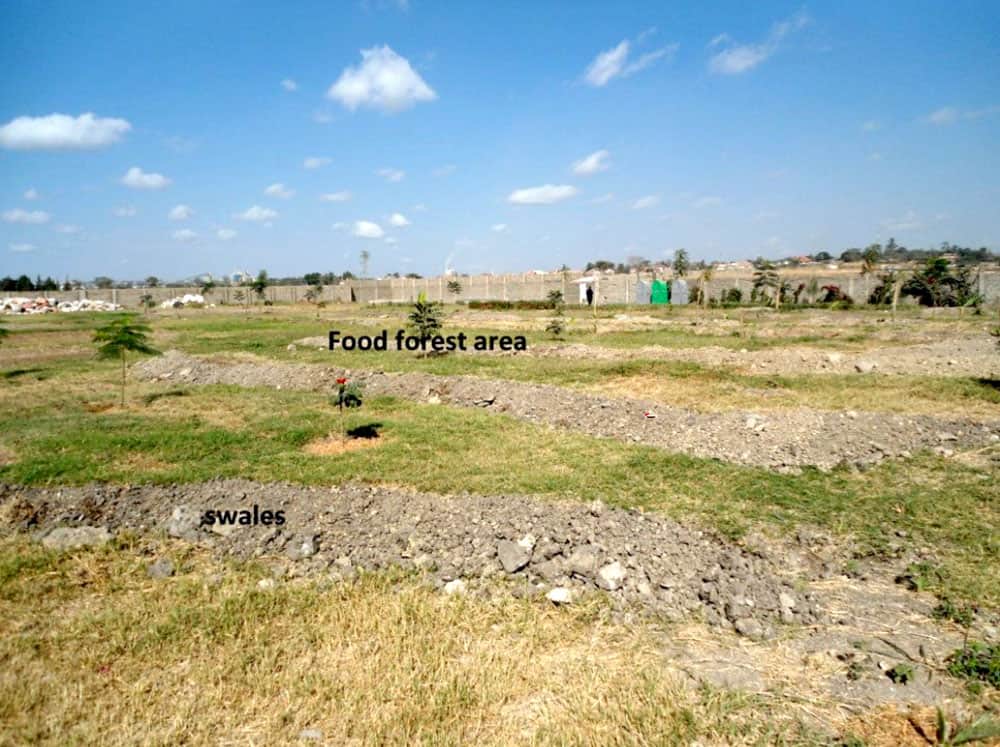
With rapidly changing climactic and social conditions, we are witnessing instability in many human support systems around the world. Systems that are heavily dependent on centralized infrastructure and globalization for their basic needs of shelter, water, energy and food are the most susceptible to shocks and eventual collapse. Good science along with social and economic feedback tell us that there is a interdependent relationship between how far a resource is from our direct stewardship and how resilient and stable our system will be.
Nearly everywhere I go in the world these days teaching agroecology principles using the permaculture design platform, I have witnessed an increase in ecological erosion that is closely followed by phenomena of cultural and social erosion. This is due, in large part, to reductionist practices and subsequent degradation of our local ecologies for monocrop agriculture, export pastoralism, and the intensive creation of economies that establish dependencies on global markets. With this form of simplified and extractive agricultural systems, it is clear that it has been set up for an export economy and is likely feeding local communities very little, whilst exporting and thus losing local nutrients, water, and human and financial resources.
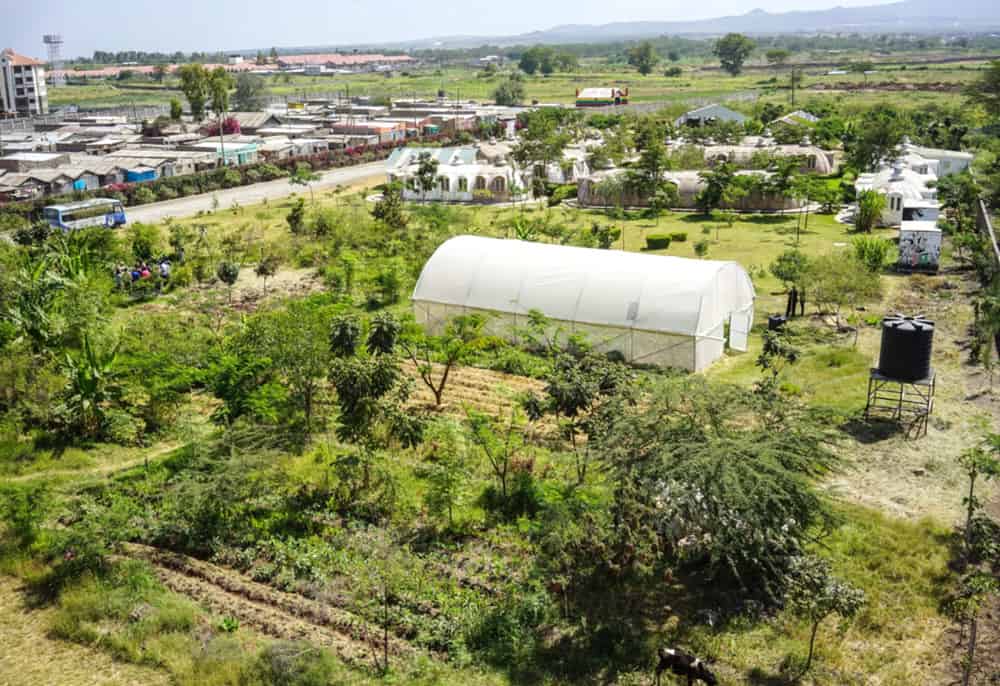
In this biosocial erosion syndrome that has circled the globe, we are bearing witness to loss of resiliency in the ecological systems that sustain us. This is seen most significantly with massive soil erosion and hydrological collapse, ubiquitous to most westernized areas. Lack of healthy living soils and stable water has lead to loss of biodiversity, nutritional deficiencies in plants, animals and humans, system shocks from extreme weather changes, pest and disease migration, the rise of cancers and other diseases linked to pollution, and all of the linked economic disparities and instabilities. The loss of resiliency created by this scenario will lead, unequivocally, to ecological and thus sociological collapse.
Much of my work over the past years has been focused on creating resiliency and stability in smallholder farming systems in communities in Africa, Europe, North America, Middle East and in Australia. Teaching, consulting, and being a part of developing permaculture demonstration sites globally has lead me to work with a dynamic team to creatively weave permaculture further into the formal international development sector through USAID.
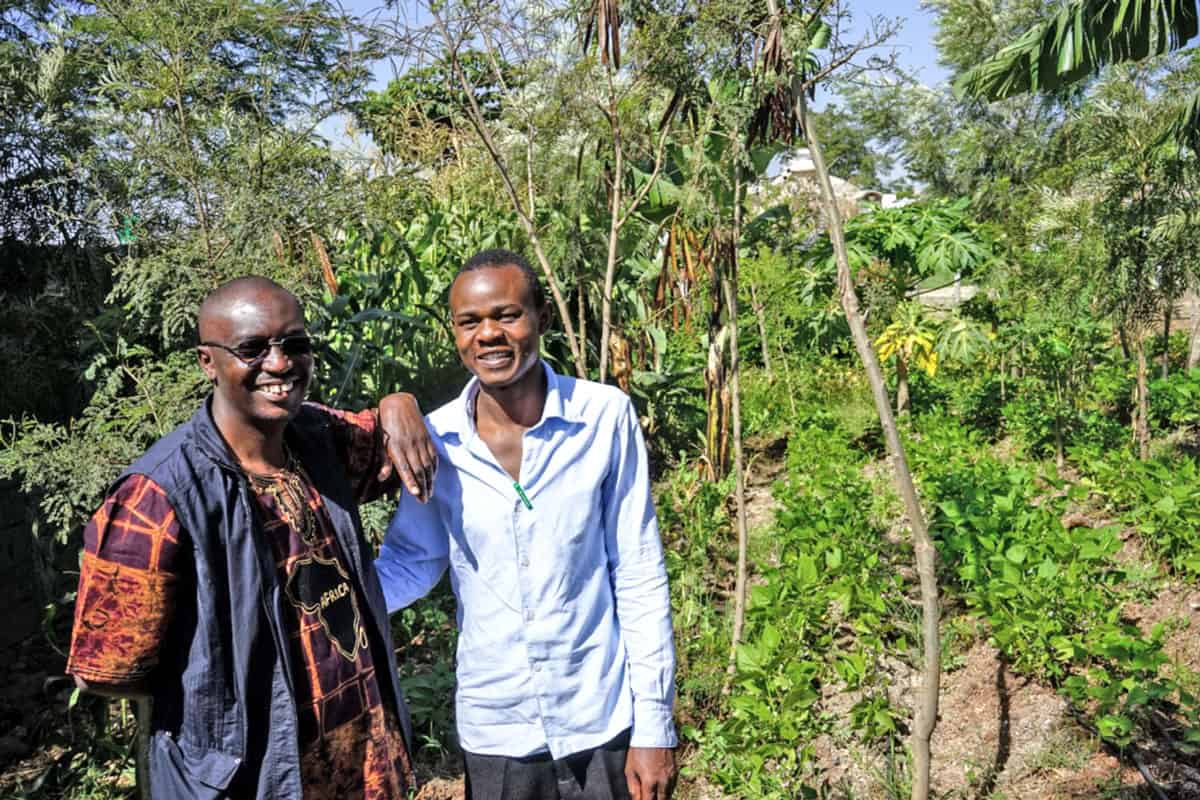
In January of 2015, a bridge was made between the permaculture and agroecology movements and the US government, through USAID and their Food for Peace program. An eclectic and innovative team of presenters was asked to share best practices in resilient agricultural system design with project directors from the Sub Saharan Africa, Southeast Asia and Central America bureaus. This team included Steve Gliessman, the UC Santa Cruz professor who wrote the textbook on agroecology; Brad Lancaster of “Rainwater Harvesting for Drylands” fame; Ben Falk who recently authored the book, “The Resilient Farm and Homestead”; Steve Moore of Elon University, Daphne Miller of UC San Francisco, Rose Cohen of the Community Agroecology Network, and myself.
The symposium was set up in part by Tom Cole, a permaculture practitioner and co-developer of the Permagarden System that is now a part of USAID standard protocols in much of Africa. For many years Tom has been creating the conditions for permaculture to germinate and become integrated into this large organization that affects millions of people worldwide. Another key player in setting up the symposium was Greg Scarborough, Senior Advisor on Food Security and Nutrition for Mercy Corps, and a permaculture practitioner who took a course with us at Quail Springs Permaculture several years ago.
The invitees to this momentous event included project managers from USAID, Care, Mercy Corps, Save the Children, Heifer International, World Vision, and other organizations that collectively funnel hundreds of millions of dollars into the two-thirds world to aid in subsistence and small-holder farming development. They came to the symposium in hopes of gaining insights on how to adjust their projects to empower greater levels of self-reliance, increased ecosystem health, and less dependence on off-site resources such as the continual imports of fertilizer, pesticides and much else from western countries that have been commonplace in aid for decades. There is a significant leverage potential for major impact here as any holistic solutions broadly implemented through these institutions can reach the recipients these organizations serve, amounting to millions of households in more than a hundred countries.
The feedback from the participants and conveners of the symposium was notably filled with excitement, support, and the desire to integrate permaculture design methodologies into their projects. The positive reception has quickly led to the development of a permaculture/agroecology field training course that Tom Cole, myself, and others are currently designing and will begin to deliver through the USAID TOPS (Technical Operations Performance Support) program to technical field staff and managers worldwide over the coming year.
Quail Springs Permaculture, in the mountains of Southern California, is also offering a full two-week Permaculture Design Course for people working in International Development this coming May 9th – 22nd, 2016. This course is designed for people who work with Non-Government Organizations (NGO’s), Government Organizations, or are Community Organizers. This program equips people working in international development and grassroots projects with the perspectives and skills needed to partner with communities on the design of small-holder farms, land with household agricultural production, and community systems that are holistic, appropriate, strategic, effective, diverse, as well as ecologically and economically sound.
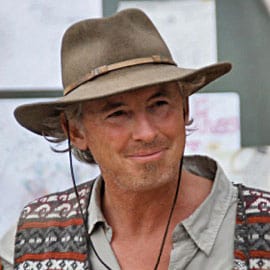
About the author: Warren Brush is a mentor, storyteller, educator, and a certified Permaculture designer and teacher. He has worked for over 25 years in inspiring people of all ages to discover, nurture and express their inherent gifts while living in a sustainable manner. He is co-founder of Quail Springs Permaculture, Regenerative Earth Enterprises, Sustainable Vocations, Wilderness Youth Project, Casitas Valley Farm and Creamery and his Permaculture design company, True Nature Design. He works extensively in Permaculture education and sustainable systems design and implementation in North America, Africa, Middle East, Europe, and Australia. He has taught the following courses: Permaculture Design Certification, Resilient Small Farm Design, Permaculture for International Development, Rainwater Harvesting Systems, Ferro-Cement Tank Building, Spring Rejuvenation and Watershed Restoration, Compost Toilet Systems, Water for Every Farm, Drought Proofing Landscapes, Ecological Restoration, Cultural Mentoring, Introduction to Permaculture Systems, Permaculture Gardening, Food Forestry, and Origins Skills among other offerings. He can be reached through email here.
Websites:
www.quailsprings.org
www.permaculturedesign.us
www.casitasvalley.com


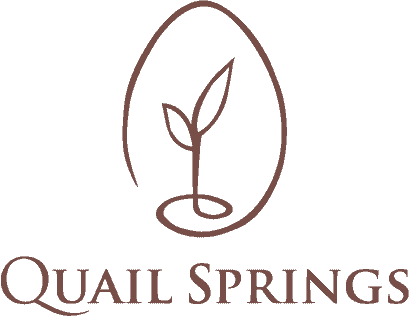
Comments 2
Thanks, Warren
For continuing to stretch yourself for the good of us all.
I am grateful for your presence.
Love and Blessings to you, Cindy and all your helpers,
Robert
presently I am seeking more information on permaculture